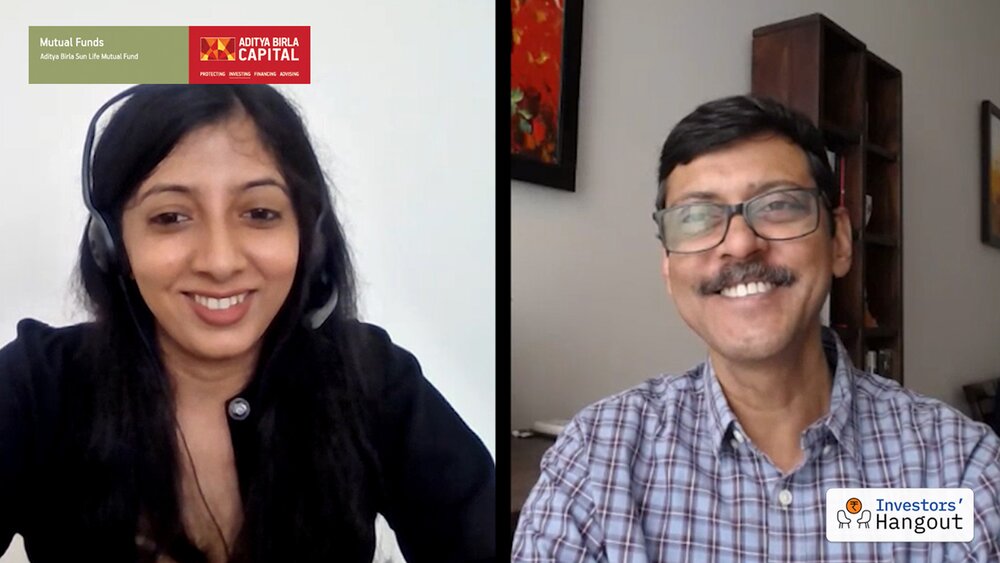
Last week, the markets regulator SEBI sent out a press release that had a word in the title which is most unusual in this context. The word is 'culture'. What would a financial regulator want with culture, you must be thinking. Well, the complete title is "SEBI steps up efforts for 'Data Culture' through 'Data Democratization' in the Indian securities market; Constitutes "Market Data Advisory Committee'." So, culture as well as democratisation. That is most interesting.
So what is this data culture? If you go to your local market to any shop that sells packaged junk food you will notice that with every Rs 20 packet of Lays Chips, you get 2GB of data free from Airtel. That sounds like a pretty good deal and can be counted as Airtel's contribution to encouraging a data culture in India. However, the data culture that SEBI is talking about is a different one and eating chips plays no role in it.
The investment-related data culture refers to an approach to investing that puts data, that is, structured and authentic information, at the heart of the whole activity. That sounds like an obvious and self-evident thing but in reality, very few investors are able to do so. For there to be a data culture in investing, there has to be data. Having data and not having data is not a binary. Instead, it's a long journey which starts back at a time when the mere possession of data was a rare thing.
My personal journey as a mutual fund analyst started at a time when funds calculated their NAVs once a quarter. So, most of the time, not only did the investors not have any real data about what their investments were worth, the mutual fund itself didn't have it either. I personally got a taste of this in the early 90s when, as a young mutual fund researcher (possibly, India's only one), I landed at a mutual fund's head office to find out their schemes' NAVs. This was about the only way of finding out NAVs in those days. In the context of the time, I probably should not have been surprised when I was handed a 'Register of Investments' and asked to calculate the NAV myself!
Even though this story sounds amusing today, my intention is not to make fun of the staff at that public sector mutual fund. Instead, I appreciate that in the context of those times, the people who handed the register to me were role models of transparency. No mutual fund or corporate or stock exchange would have the courage to do the equivalent today. Giving people unfettered access to data can only be done by those who have nothing to hide. Once a large mass of people start analysing your data, god only knows what they will discover.
Which is the whole point of the kind of process that SEBI has initiated. Having nursed and grown a data-centric business over three decades, I can vouch for the fact that getting authentic, timely and usable data from Indian businesses is like pulling teeth.
The most important part of what such reforms can do is democratisation. Today, more than at any time, there are a huge number of savers and investors who have the knowledge and the tools to analyse data and figure out what someone is trying to hide. Powerful hardware is cheap, much of the software is free or is easily affordable. The more eyes there are looking for something, the more likely it is for it to be found.
Many years ago, I remember SEBI's Executive Director Pradip Kar saying that a day would come when newspapers would carry mutual fund NAVs just like they carry stock prices. That day has come and gone and the idea seems quaint now. However, the goalpost of what and how much data should be made available needs to keep moving. Hopefully, this new push will mean that the investors will stop getting shortchanged by not knowing what is really happening



